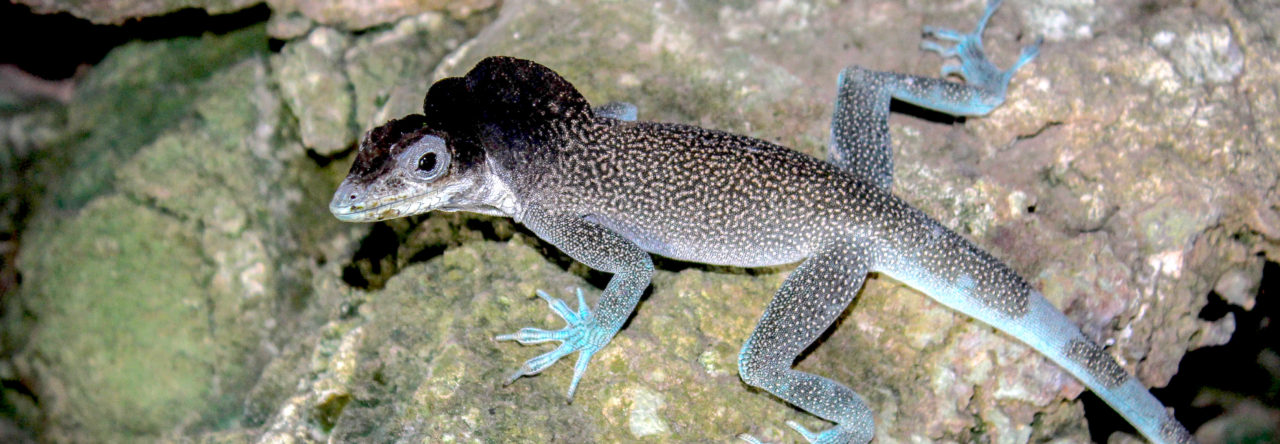The IUCN (International Union for the Conservation of Nature) has a detailed protocol for assessing the conservation status of species. A report on the world’s reptiles was published in 2013. Now, a paper by Johnson and colleagues in Amphibian & Reptile Conservation complains that the IUCN’s methods are not efficient and proposes a simpler, faster method.
Their abstract explains:
“Mesoamerica, the area composed of Mexico and Central America, is the third largest of the world’s biodiversity hotspots. The Central American herpetofauna currently consists of 493 species of amphibians and 559 species of crocodylians, squamates, and turtles. In this paper, we use a revised EVS measure to reexamine the conservation status of the native herpetofauna of this region, utilize the General Lineage Concept of Species to recognize species-level taxa, and employ phylogenetic concepts to determine evolutionary relationships among the taxa. Since the publication of Conservation of Mesoamerican Amphibians and Reptiles , in 2010, 92 species of amphibians and squamates have been described, resurrected, or elevated from subspecies to species level, and one species of anuran has been synonymized. The herpetofaunal diversity of Central America is comparable to that of Mexico, an especially significant finding because the land area of Mexico is 3.75 times larger. The number of amphibian species is 1.3 times greater in Central America, whereas the number of species of turtles, crocodylians, and squamates is 1.5 times greater in Mexico. Endemicity also is significant in Central America (65.6% among amphibians, 46.5% among turtles, crocodylians, and squamates), with a combined average of 55.6%. We regard the IUCN system as expensive, time-consuming, tending to fall behind systematic advances, and over-dependent on the Data Deficient and Least Concern categories. Conversely, the EVS measure is economical, can be applied when species are described, is predictive, simple to calculate, and does not “penalize” poorly known species. Our EVS analysis of amphibians demonstrates that on average salamanders are more susceptible to environmental deterioration, followed by caecilians, and anurans. Among the remainder of the herpetofauna, crocodylians are the most susceptible and snakes the least, with turtles and lizards in between. We compared the EVS results for the Central American herpetofauna with those reported for Mexico; the results from those regions show an increase in numbers and percentages from low through medium to high. Arguably, attempting to conserve biodiversity is one of the most important and intransigent issues facing humanity, a situation partially due to humanity’s lack of appreciation for its most serious concerns, and brought about by its anthropocentric focus.”
But what about anoles, you are no doubt thinking? In Johnson et al.’s EVS classification, all Central American anole species are rated as medium or high vulnerabilty, except the following species that are rated as low vulnerability: Anolis biporcatus, A. crassulus, A. laeviventris, A. lemurinus, A. petersi, A. sericeus, A. tropidonotus, and A. unilobatus.
- Singapore National Parks Studying Impact of Introduced Brown Anoles (and the Greenhouse Frog) - May 2, 2025
- Evolution in Real Time on Lizard Island - March 23, 2025
- Spider Snags Adult Anolis osa - March 22, 2025



Skip Lazell
Unless and until we directly address human Overpopulation, the Mother of all our problems, we are just fiddling around. Said it for six+ decades: Skip